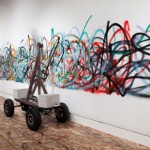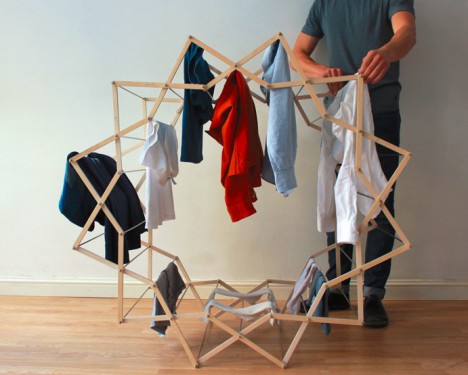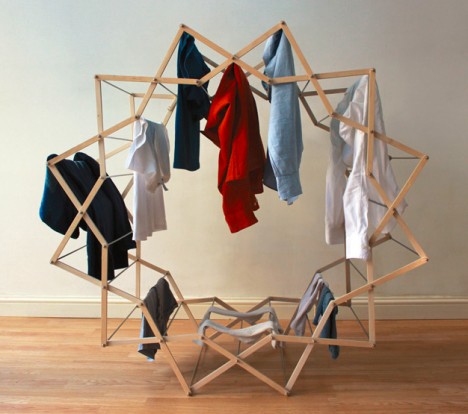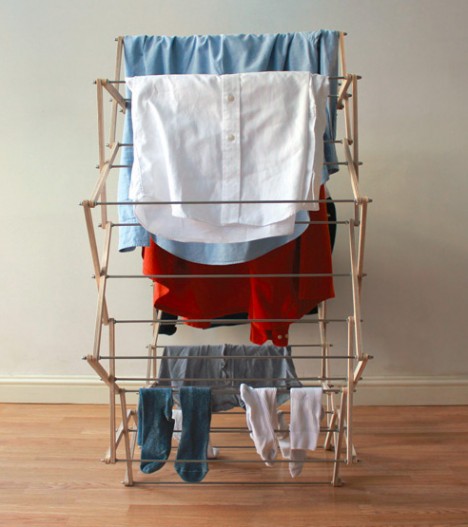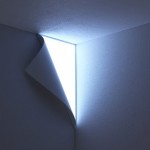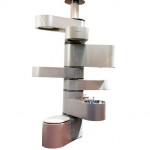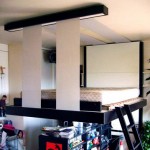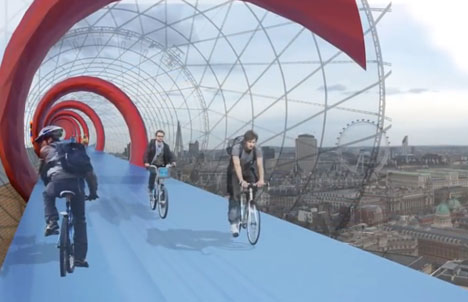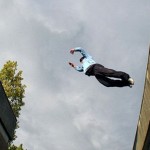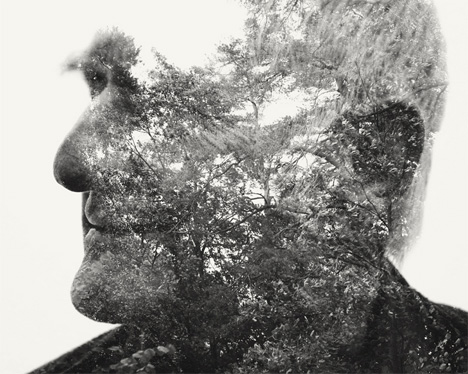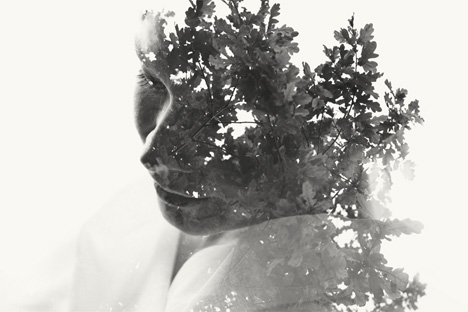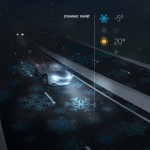This analysis was written for Al Jazeera America by Scott Field, a visiting scholar at the Institute for International Studies at the University of California at Berkeley and Dariush Zahedi, the director of the Berkeley Program on Entrepreneurship and Development in the Middle East at the University of California, Berkeley.
Khamenei's dilemma
The Nov. 24 landmark agreement on Iran’s nuclear program has been portrayed as an Iranian victory. Much of the media commentary thus far has focused on how it could clear a path for the eventual resumption of normalized ties between the Islamic Republic and the United States…
But behind this euphoria, sober realities of Iranian politics, which may hinder a genuine U.S.-Iranian rapprochement, pose a dilemma for Khamenei…First, given Tehran’s bitter experiences with previous attempts at reconciliation, Khamenei has a deep and abiding distrust of the United States…
Khamenei
The second factor is the conflict of interest from the ideological dispositions of Khamenei’s allies in the Islamic Revolutionary Guards Corps (IRGC) and the sanctions’ impact on their material benefits. The IRGC controls the majority of key smuggling routes, and decades of sanctions have led to the entrenchment of their interests in the black-market economy… However, the issue is also ideological. The upper echelons of the guards were handpicked by Khamenei on the basis of their ideological opposition to and deep suspicion of the United States. Therefore, if serious advances are made toward normalization of relations between the two countries, significant push-back from some within their ranks is expected…
The third factor is a growing fear among government elites that the removal of sanctions and a momentum toward international integration may empower the Iranian middle class at their expense… Despite near unanimous consensus on the need to curb, if not eliminate, the powers of Iran’s unelected supervisory Council of Guardians, the middle class lacks the strength and resilience to sustain a successful challenge, as demonstrated by the quelling of the 2008 Green movement protests…
The regime has another, even more ominous wild card to worry about. The traditionally loyal working class has been severely affected by the economic decline during Ahmadinejad’s eight years in office and the crippling sanctions. There are fears that resentment among the working class could find synergy with the grievances of the middle class. This could lead to a nightmarish scenario of a truly broad-based revolt against the regime…
Finally, Khamenei is acutely aware that the current regime’s power base — loyalists within the working class — is deeply rooted in anti-U.S. sentiment. While the conscripted rank-and-file members of the IRGC may back a popular public call for reform, the same cannot be said of the Basij, Iran’s volunteer militia force. Khamenei has indoctrinated the regime’s ardent and passionate supporters, who are essential to its survival, to view themselves as the embodiment of pure Muhammadan Islam engaged in a cosmic struggle against the “great Satan.” To maintain their loyalty, Khamenei has to keep them energized…
We should not be surprised, then, if Khamenei and his allies rein in Rouhani sharply, should further progress be made toward U.S.-Iran rapprochement beyond a minimally acceptable accord designed to transform the interim P5+1 agreement into a genuine deal resolving the nuclear dispute and resulting in the gradual lifting of sanctions. The real issue at stake is… whether the exigencies of Iranian domestic politics can be finessed in such a way that they do not derail the negotiations — or, should negotiations prove successful, in such a way that they result in a broader normalization of ties with the U.S. While Khamenei may agree to a deal to resolve the nuclear dispute, he will have a much harder time consenting to a broader normalization of ties with the U.S….
Ultimately, Khamenei’s real dilemma might just be the mobilization of an empowered middle class (with possible working-class support) and its potential demand for social and political reforms, including Khamenei’s relegation to the position of ceremonial figure.
Teaching Comparative blog entries are indexed.
The Second Edition ofWhat You Need to Know: Teaching Toolsis now available from the publisher
The Fifth Edition ofWhat You Need to Knowis also available from the publisher.
















